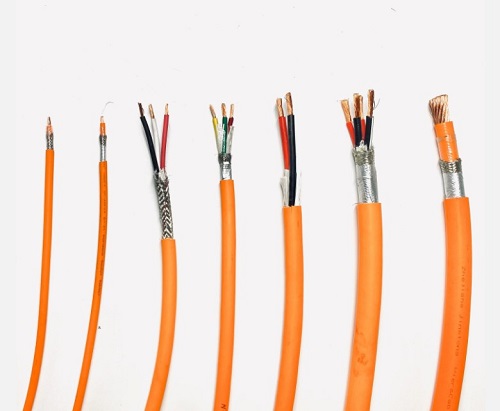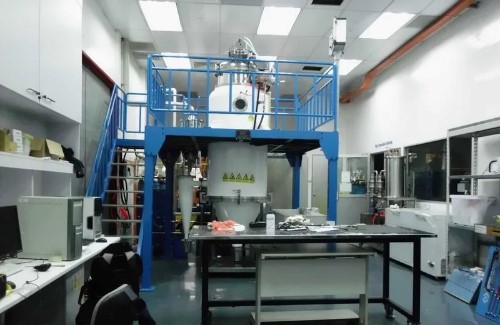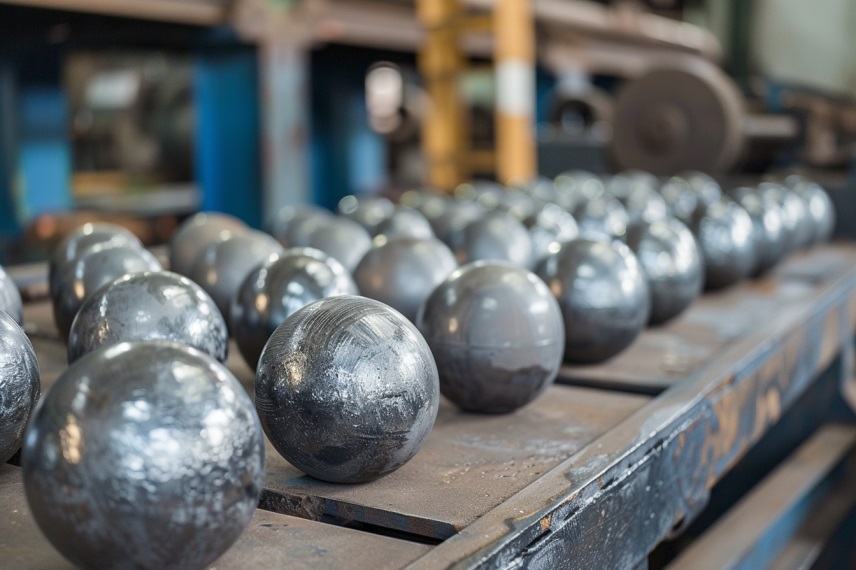Platinum Means of Malleability
Introduction
The exploration of platinum's malleability has a rich historical background, with pioneers like Carl von Sickingen and Franz Karl Achard laying the foundation for understanding and harnessing this precious metal's unique properties. This article delves into the early endeavors and misconceptions surrounding the malleability of platinum, leading to breakthroughs that marked the onset of the "platinum age" in Spain.
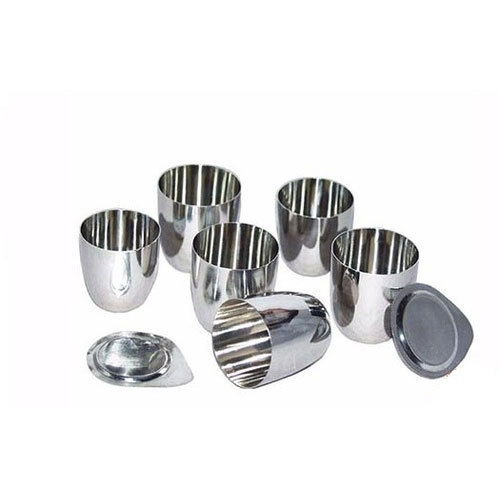
Carl von Sickingen's Breakthrough (1772)
In 1772, Carl von Sickingen embarked on the study of platinum, culminating in a significant breakthrough. By mixing platinum with gold, dissolving the alloy, precipitating platinum with ammonium chloride, and meticulously hammering the resulting chloroplatinate ammonium, Sickingen achieved malleable platinum. This early experimentation laid the groundwork for further advancements in understanding platinum's unique properties.
Achard's Platinum Crucible (1784)
Franz Karl Achard's contribution in 1784 involved creating the first platinum crucible. He fused platinum with arsenic, demonstrating the metal's versatility. However, misconceptions arose due to impurities in the platinum alloy, leading to false assumptions about platinum's hardness and brittleness.
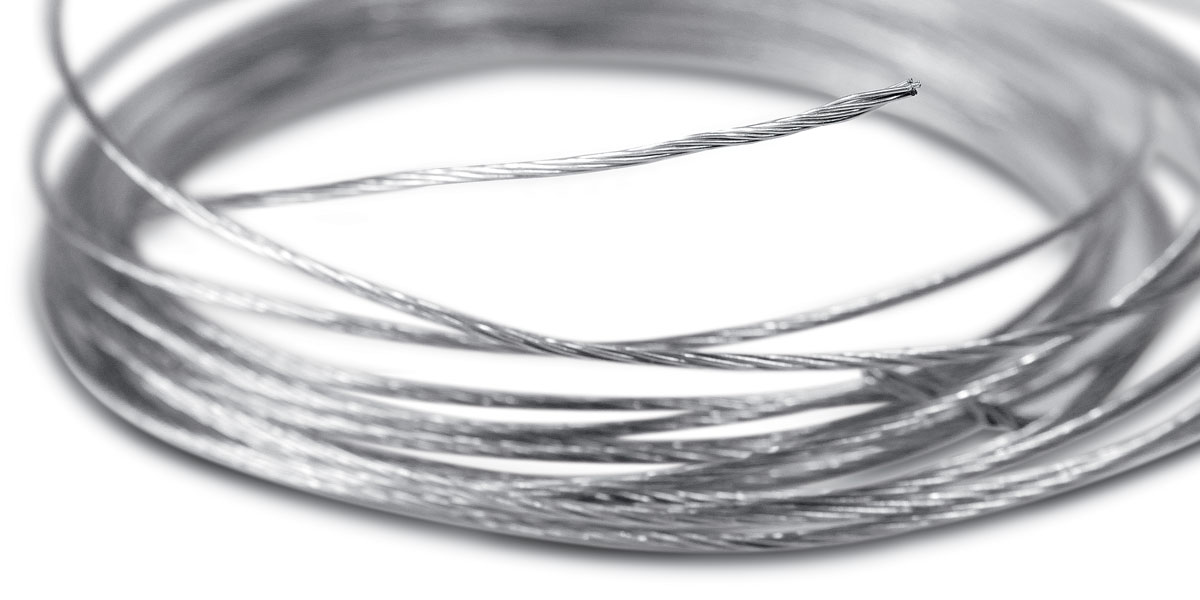
Chabaneau's Struggle and Success (1786)
In 1786, Charles III of Spain supported Pierre-François Chabaneau's research on platinum. Chabaneau faced challenges in isolating pure platinum due to impurities like gold, mercury, lead, copper, and iron. The misconception of platinum's malleability persisted until Chabaneau successfully produced 23 kilograms of pure and malleable platinum. This breakthrough, achieved through hammering and compressing a platinum sponge while heating marked a turning point.
The "Platinum Age" in Spain
Chabaneau's realization of platinum's infusibility added value to platinum objects. Collaborating with Joaquín Cabezas, who produced ingots and utensils, Chabaneau initiated the "platinum age" in Spain. This era saw the production of valuable and malleable platinum items, showcasing the metal's adaptability and sparking renewed interest in its applications.
Conclusion
The historical journey of exploring platinum's malleability reflects the persistence and ingenuity of early scientists. From Sickingen's foundational work to Chabaneau's pivotal breakthrough, the understanding of platinum's properties evolved, paving the way for a flourishing "platinum age" marked by innovation and practical applications in Spain.


